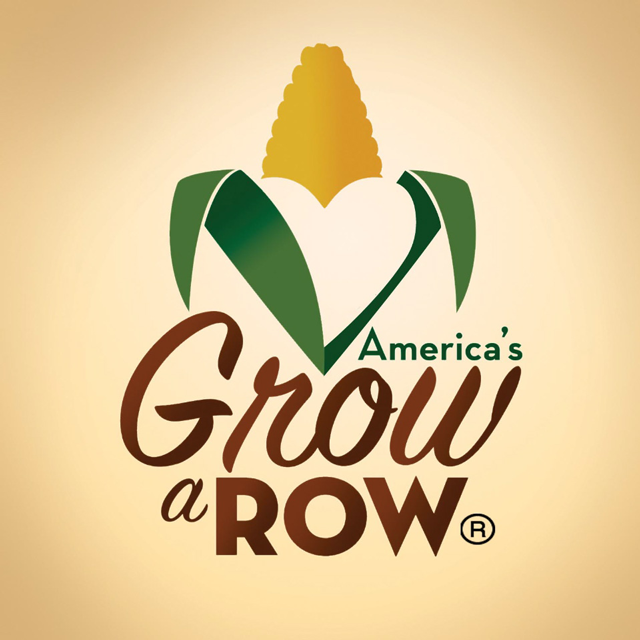The Summer Scorch and Fall Freeze
Fall 2022
Tristan Wallack, our Senior Director of Programming and Operations, reflects on some of the challenges of this year’s growing season.
In 2020 it was impossible to think that any farming season could be harder. Just as we were kicking it off, we wondered if we would even have a season. Our plan that year was to distribute 1.5 million pounds of fresh produce, and with the realization that we might not have any volunteers – who are critical to our operation – to help harvest, we gave serious consideration on pulling back or even canceling the season. But as it quickly became apparent that the need for food was surging to unprecedented levels, we knew we had to forge ahead.
That season around 1,500 volunteers came out to help, but that was well below a typical year when we would expect over 9,000 people to assist us. Even though we were limited in our volunteer power, we ended up having our most successful season up to that time as we distributed 2 million pounds of fresh fruits and vegetables, 33% above our original plan. It was exhausting work, but at the same time it was incredibly rewarding to know we were able to step up and meet the need.
Jumping ahead to this year, at the beginning of the season we felt a sense of confidence as it seemed COVID-19 was finally under much better control. Many companies that had gone quiet in 2020 and 2021 were eager to come out and volunteer, and our calendar was filling up. Everything seemed aligned for us to have another record year.
It wasn’t until late July that I realized there was a problem. I saw one of our farming directors staring across the street at one of our fields. It was another hot summer day, and I wondered what he was looking at. When I asked him, he said he was just watching our potato plants die by the minute. He noted we were at 26 days without a drop of rain. As I talked more with our farming director, it became apparent that there was a lot more at risk than our potatoes. Our other crops that rely on rainwater were also in serious jeopardy, namely our corn and winter squash. Including the potatoes, we were facing a loss of close to one million pounds of fresh produce.
July turned into August and August turned into early September, and the rain situation was not much better. Other than a few showers, we were not getting the rainwater we needed. However, the good news is that with an investment of a large water gun, we managed to get the winter squash somewhat on track. We were hopeful we could save and harvest a few hundred thousand pounds of the squash.
By the end of September, suddenly the winter squash was really bouncing back, and our farmers were very pleased with the progress. However, in early October suddenly we were facing freeze advisories, which threatened to damage or destroy the crop. It felt like a gut punch, and we worried that this season was destined for failure.
Just as things seemed bleak, our faithful volunteers came to the farm to save the day. Large groups came pouring in to help us get the squash out of the field before the hard freeze. The squash harvest turned out to be our most successful ever with over 600,000 pounds being pulled out of the field. That translates to 2.4 million servings of fresh squash for our neighbors in need.
Farming is a highly unpredictable business, but I believe this year was exceptional in that regard. Even our seasoned farmers were caught off guard at times because of the unpredictable weather patterns. But there has been so much to be proud of this season. Even though the headwinds were strong, our volunteers and staff continued to do what we do best: help provide healthy fruits and vegetables to those in need. As we wrap up our season in late November by harvesting around 500,000 pounds of cabbage, we look forward to saying, “Job well done!”







